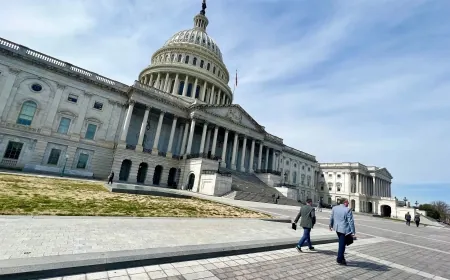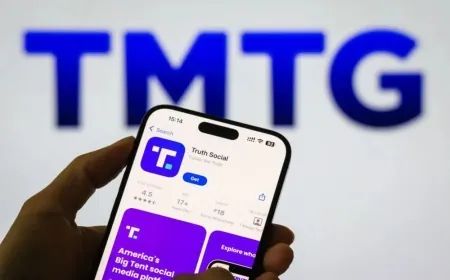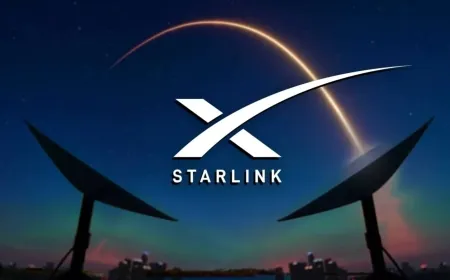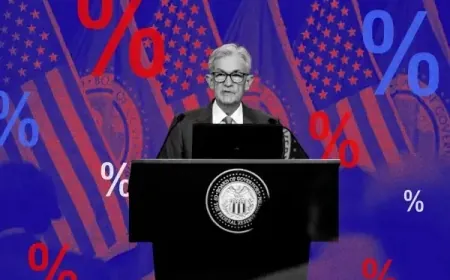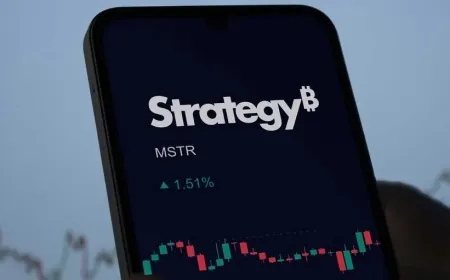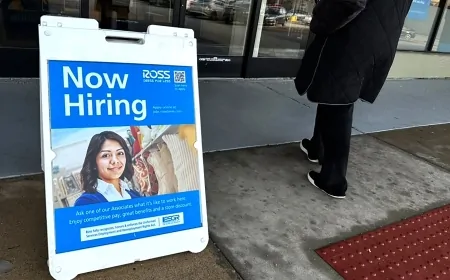Wage Garnishment Risk Rises for Student Loan Borrowers in 2025
Millions of U.S. borrowers risk paycheck deductions as federal student loan defaults surge. Understand the warning signs, your rights, and how to stop garnishment.
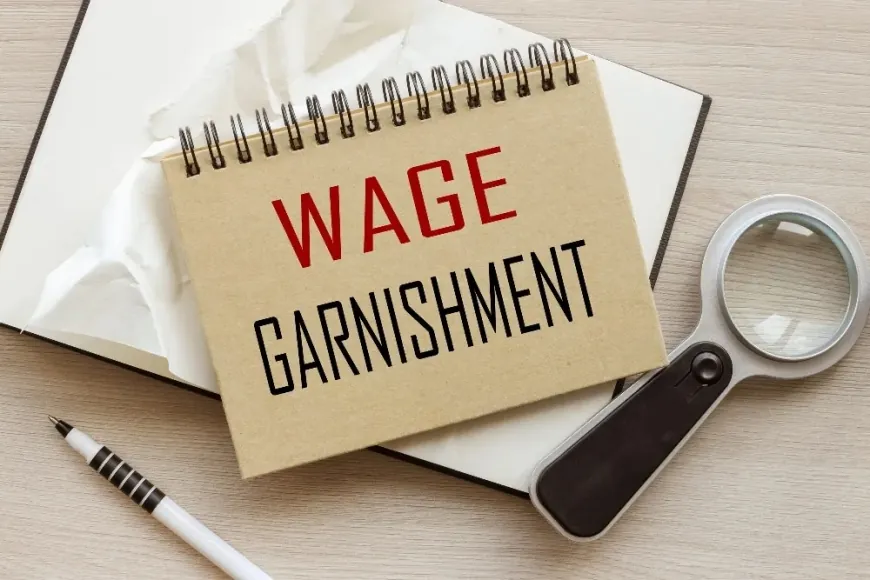
Millions of student loan borrowers across the United States are at risk of seeing a portion of their wages docked as early as this summer, following the expiration of pandemic-era protections and the mounting challenges of repayment. Credit reporting agency TransUnion estimates that roughly 3 million borrowers will enter default status by August — a financial designation that puts them directly in the line of fire for administrative wage garnishment.
That means 15% of a borrower's wages could be siphoned off directly from their paychecks, funneled straight to the U.S. Department of Education to cover outstanding student loan debt. The scale of the problem is sobering: with another 2 million borrowers projected to default by September, the looming wave of garnishments could hit nearly 5 million households in just a matter of months.
The end of the pandemic pause on student loan payments, which officially wrapped up in May, has placed new financial pressure on borrowers — especially those already grappling with inflation, housing costs, and stagnant wages. For many, this shift happened abruptly. A temporary grace period under the Biden administration — where late or missed payments didn’t hurt borrowers’ credit — expired last fall. Since then, millions have seen their credit scores deteriorate, pushing some deeper into financial precarity.
Default Doesn’t Always Come with Warning
Many borrowers don’t even realize their loans are in default until consequences begin unfolding. “The most important step borrowers can take right now is to log into studentaid.gov and check their loan status,” said Kyra Taylor, a staff attorney at the National Consumer Law Center.
Taylor emphasizes that federal student loans can be spread across different loan types and servicers — especially if someone pursued higher education at different points in their life. It’s not unusual to lose track, she said, and borrowers are often caught off-guard.
If a borrower is already in default, there are two primary ways to get back on track:
-
Loan Rehabilitation: This involves making nine consecutive payments based on the borrower’s income, helping to remove the default designation.
-
Loan Consolidation: This process rolls existing loans into a new federal Direct Loan, which can exit default status upon consolidation approval.
Both options offer paths out of default but require action — something many overwhelmed borrowers may struggle to initiate.
Surging Wait Times, Dwindling Resources
Adding to the crisis is the breakdown in communication between borrowers and loan servicers. As the Education Department faces staffing cuts and contractor issues, call center wait times have ballooned, and dropped calls are increasingly common.
“There are people who are totally unaware that garnishment is even a risk,” said Aissa Canchola Bañez, policy director at the Student Borrower Protection Center. “That’s partly because many don’t know who their loan servicer is — and when they find out, it can be nearly impossible to get through to someone.”
In such cases, Bañez urges borrowers to contact their member of Congress for help. Congressional offices often have dedicated constituent service teams that can intervene on issues involving federal agencies like the Department of Education.
“These are real human beings dealing with massive debt loads and facing automated enforcement actions,” Bañez said. “Congressional casework is a powerful but underused tool.”
‘I Can’t Afford It’: The Human Cost
For borrowers like Richelle Brooks, 37, the return of collection activities is a nightmare. Brooks, an education administrator in Los Angeles, holds over $239,000 in student loan debt accumulated across multiple degrees. She’s been told her monthly payments will now exceed $3,000.
“We just came out of a five-year moratorium,” she said. “These notices are terrifying. I'm uneasy, too.”
Brooks considers herself financially literate and keeps tabs on her loan status. Still, she’s planning to enroll in a coding program at least half-time to qualify for an in-school deferment — buying time to create a viable repayment strategy.
“I know the system,” she said. “But a lot of people don’t. And they’re scared.”
What Happens If You Stay in Default
If borrowers remain in default, the Education Department is legally authorized to begin garnishing their wages. This can mean losing up to 15% of take-home pay — without a court order. It can also lead to the seizure of federal tax refunds and even Social Security benefits.
The Department has begun sending notices to borrowers warning of potential garnishment, but no uniform timeline has been made public. Borrowers who receive a notice must act quickly.
“You have 30 days to request a hearing from the date on the garnishment notice,” Taylor said. “If you do, the department must pause garnishment until they’ve made a decision.”
Borrowers can object to the garnishment if they believe it would cause financial hardship. They’ll need to submit evidence — such as pay stubs, rent receipts, utility bills, or proof of dependents — along with the written objection. They can also request a reduced garnishment amount.
Additionally, borrowers can challenge the garnishment under specific conditions, including:
-
Being laid off within the past year and not having held the current job for 12 months
-
Having applied for a discharge due to school closure, disability, or bankruptcy (if unresolved)
If the borrower misses the 30-day window, a hearing can still be requested, but garnishment will likely continue while the department evaluates the objection.
Know Your Rights and Take Action
It’s important for borrowers to know their rights under federal law. Administrative wage garnishment bypasses the courts, but it doesn’t eliminate due process. Borrowers are entitled to notification, a chance to object, and — if successful — a reprieve.
Those unsure of where their loans stand can contact the Education Department’s Default Resolution Group, or log in at studentaid.gov for a comprehensive loan history. Financial counselors and legal aid services in many states also offer free or low-cost support.
The clock is ticking. For millions of Americans, this summer could mark a financial turning point — one that either deepens the debt crisis or inspires a mass reckoning with the country’s broken student loan system.
Also Read: Federal Student Loan Wage Garnishments Resume This Year for Delinquent Borrowers














